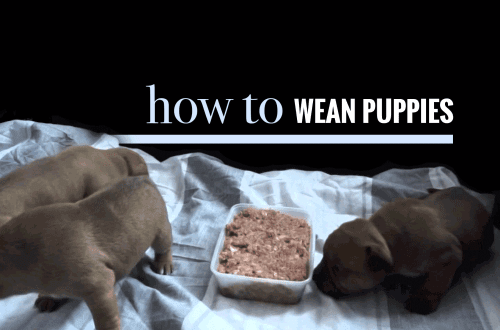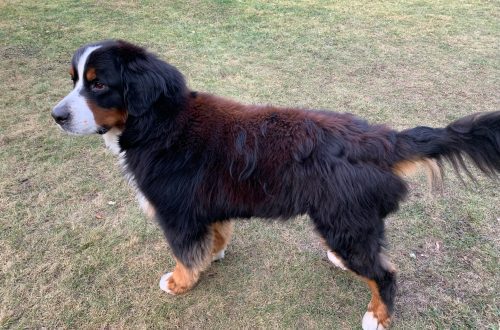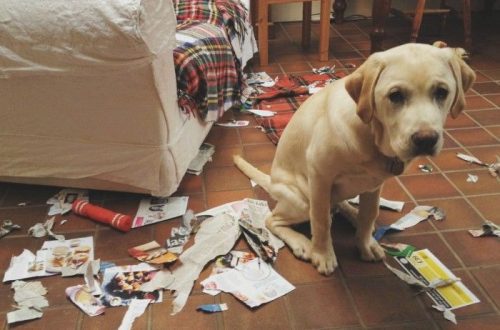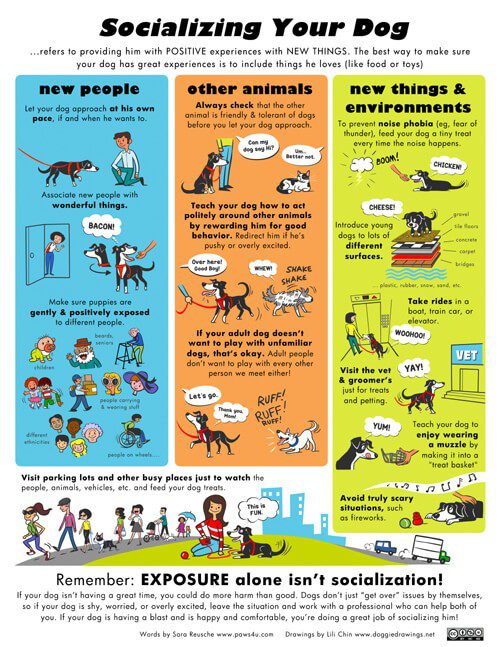
Puppy socialization: what does it consist of?
The socialization of a puppy, in simple terms, is his acquaintance with the outside world in all its diversity. Socialization it is necessary that the dog calmly perceives a variety of environmental stimuli, does not show cowardice or aggression, and that it can appear with it in any place without fear that the behavior of the pet will cover us with indelible shame.
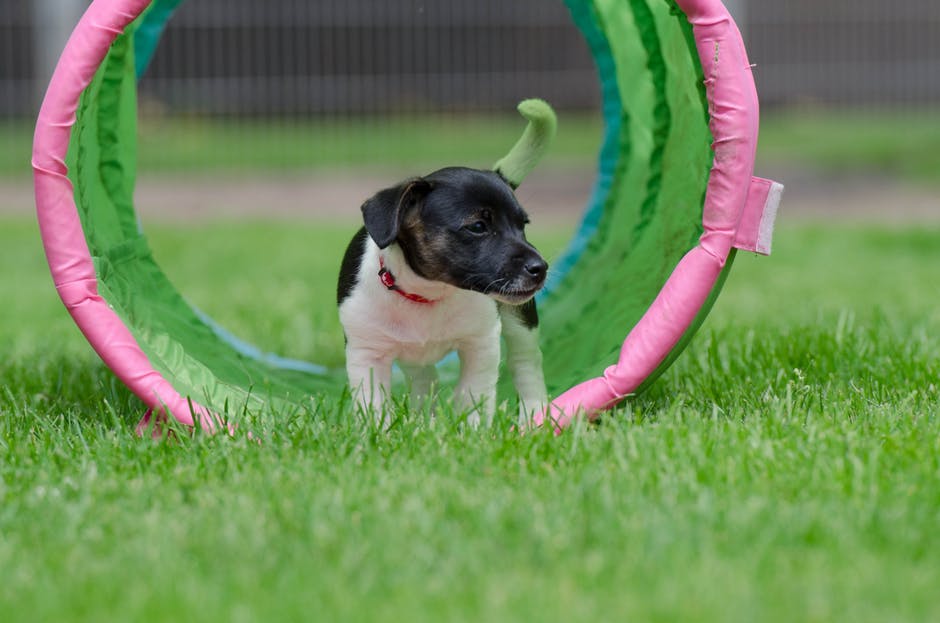
Photo: pexels.com
The timing of the socialization of a dog depends on the breed. In representatives of many breeds, the period of socialization ends at 3-4 months. Therefore, it is extremely important not to waste time and start introducing the puppy to a variety of environmental stimuli as early as possible.
What is puppy socialization?
- Getting to know different people. The dog should be calm with people of any age, gender, ethnicity, as well as different styles of clothing. It is especially important to get your dog used to people who may look or move differently than most people: older people, children, even very young people, people with special needs, hat lovers, cyclists, skateboarders, joggers, football players, and so on. It is necessary to reward the puppy when he ignores “weird” people and does not seek to interact with them.
- Animals of various types and ages. In particular, adult dogs of different sizes, colors and breeds, cats (if they are not afraid of dogs and communication with them is safe), puppies, horses, sheep, cows, birds, small domestic animals (rabbits, guinea pigs, hamsters, chinchillas, etc.) .p.) and any other animals that a puppy may meet on the path of life. In some cases, it is necessary to reward the puppy for proper communication with animals (for example, with other dogs), and in others, to reinforce the calm-indifferent attitude. It all depends on what kind of behavior you expect from your four-legged friend in the future.
- Different place. These are a variety of premises, a garden, a car, quiet and noisy streets, schools, cafes, stations, trains, bus stops, veterinary clinics, farms, stables and other places where you think your dog may find himself throughout his life. In such places, it is necessary to play with the puppy and treat him with the most delicious delicacies, so that he forms positive associations with such an environment, and he learns to perceive them as something ordinary, and not scary. It is also worth introducing the puppy to various objects, for example, a vacuum cleaner, a washing machine, a coffee maker and reward the pet for a calm and indifferent attitude towards them.
- An important part of socialization is to train your puppy calmly. stay alone. The dog is accustomed to loneliness gradually, so as not to injure or scare. At first, be sure to leave the puppy entertainment – for example, lunch or special toys with treats.
- A variety of sounds. There are even special CDs with “scary sounds” (such as fireworks or the sounds of a noisy street during rush hour) that some breeders use to teach the puppy that these sounds are not dangerous. You can continue this learning. It is important to start with quiet sounds and make sure that the puppy remains relaxed and calm. Your task is not to scare him, quite the contrary.
- accustoming to touch. Reward your puppy for responding calmly and in a relaxed manner to touch—yours and other family members, including children. Also teach your puppy about hygiene routines such as washing, combing, trimming, grooming, cleaning eyes and ears, trimming nails, etc. Do not skimp on rewards if the pet behaves calmly. Pay attention to the signals of discomfort and finish before the puppy starts to get nervous and struggle. Remember that such training sessions should not exceed a couple of seconds at first, and only then the time gradually increases.
- Training the right games. Puppies love to try things and play, so it’s perfectly normal for them to bite in play. Your task is to teach the baby to measure the bite force. If he bites you too hard in the heat of the moment, sternly say “No!” and immediately stop playing. You can yelp or squeak, showing that you are in pain. But in no case do not hit the puppy and do not yell at him – he did nothing wrong. Encourage play with toys and don’t “irritate” your puppy when he plays with your hands, don’t overexcite him.
- Teach your puppy to guarding a resource (for example, food or toys) is not necessary at all. The kid should calmly perceive that a person is next to his bowl or objects dear to his heart, and understand that people do not need to compete. Forceful methods do not work here – the dog must trust the owner, and not be afraid of him. There are humane and pleasant ways for everyone to teach a little greedy to share.
- Puppy socialization also includes the ability to relax in your presence. There are specific relaxation protocols that help teach your dog to “breathe out” and relax when you want to. This is a useful skill that will help you quickly calm your stressed dog down and avoid panicking if he encounters something he can’t bear.
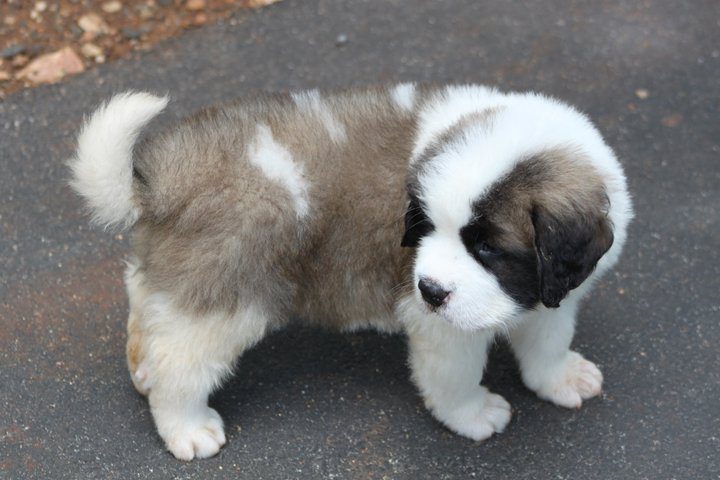
Photo by wikipedia.org
If you feel like you’re having trouble socializing your puppy, you can seek advice and help from professionals who work in a humane way and can help you socialize your pet.



